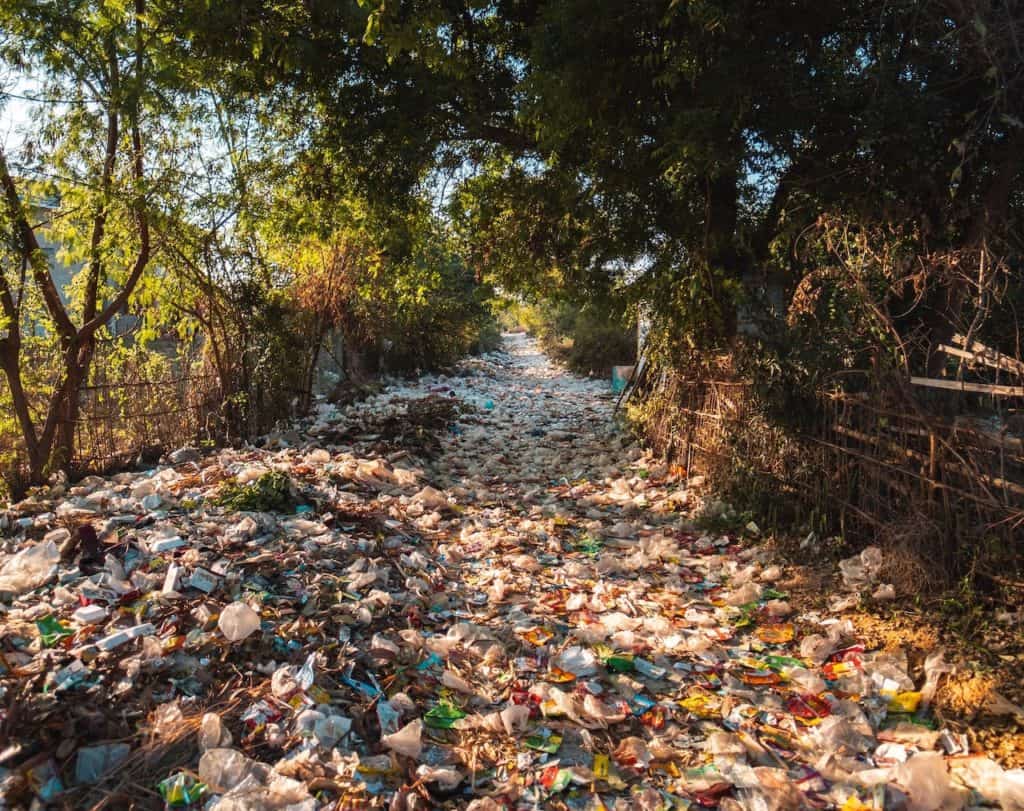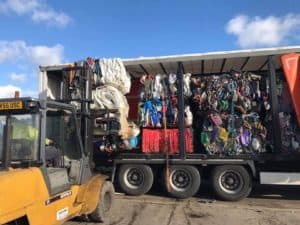Canada’s Environmental Movement
A country’s ability to have an effective recycling system and reach sustainable green goals is reflected in their attitudes to their environment. Canada’s environmental movement had its beginnings in the early 1900s. For centuries before European settlement, Indigenous people lived off the land and caused little destruction to the environment. Their beliefs informed their treatment of the environment as they believed humans were interconnected and part of the environment. There is no hierarchy between humans, land, plants, or animals they share the space with. There is little evidence that the agricultural activities caused long term damage to the environment and as they often moved their settlements, this allowed the regions left to grow back and restore the wildlife. For this reason, the current environmental problems are linked to European settlement. Canada’s history of the environmental movement can be divided into four waves as each period reflects certain themes.
The Four Key Waves of Environmentalism
1. First Wave, ‘Conservation’ Late 1800, Early 1900
Initially, European colonists viewed North America’s vast land as inexhaustible. But, individuals close to the forestry industry initiated many of Canada’s early conversation efforts. These luberman noticed the rapid depletion of Canadian forests. They campaigned for controlled harvesting and reserved areas for future use. In 1930, the Canadian National Parks Act marked a turning point, conserving land as national parks as a long term green solution.
2. Second Wave, ‘Pollution’, 1960s-1970s
The 1960s marked a different era for conservation and the environmental movement in Canada as concern about pollution became a major public issue. A growing number of Canadians became concerned about the consequences of human activity on the environment. This led to environmentalists forming specialised groups such as Society for the Promotion of Environmental Conservation in British Columbia, Pollution Probe in Ontario, and the Ecology Action Centre in the Maritimes. The change in attitude and focus on organising led to establishing Greenpeace in 1971 and Canada being well represented in the United Nations Conference on the Human Environment in 1972.
3. Third Wave, ‘Environmental Groups’, 1980s-1990s
Environmentalism at the end of the 20th century continued to focus on issues of global concern. This time was about the formation of environmental groups bringing sustainable solutions to the country. For example, this period marked the movement’s formal entry into politics with the founding of the Green Party of Canada in 1983. The blue bin recycling system was also implemented citywide allowing households to sort their waste in 1984. Environmentalists during this time were also more willing to work with corporate culture in order to find solutions to environmental problems. These solutions had a long term impact as in 2004, Green Party candidates ran in every federal riding for the first time. In 2011, leader Elizabeth May became the first Green Party member to be elected to the House of Commons.
4. Fourth Wave, ‘Climate Change’, 2000s
The start of the 21st century, climate change emerged as an overarching international concern for environmental activists and nature conservationists alike. Climate change drew global attention with the adoption of the Kyoto Protocol in 1997. This protocol required nations to reduce greenhouse gas emissions — the gases responsible for climate change — by a certain amount. In 2011, Canada withdrew from the agreement. The government of the day, Stephen Harper’s Conservative Party, cited a number of reasons for withdrawing, including how far Canada lagged behind the protocol’s targets.
Recycling Now
In October 2015, Justin Trudeau was elected prime minister. He made climate change a focus of the first few months of his leadership, signing the Paris Agreement in April 2016. The agreement, signed by nearly 200 countries, outlines the ways in which the international community will cooperate to keep global warming to 1.5°C above pre-industrial levels.
Harper’s government had been accused of trying to limit environmental protest by branding environmental groups as radicals or potential threats to national security. For example, a 2012 anti-terrorism strategy referred to environmental grievances as a source of domestic extremism. However, changes under Trudeau’s government has seen an increase in environmental activism, most notably amongst the Youth who are now creating their own organisations such as the United Nations Conference of Youth.
Despite these changes in policy and activism, Canada still faces issues with its recycling. Canadians have been utilising their blue bins since it was introduced in the 1980s, however despite sorting their waste for recycling it is unlikely that it happens. The recycling system is run by private industries with no accountability. Canadian recycling centres are now stuck with literal tonnes of waste that can’t be recycled locally, can no longer be sold for a profit, and actually cost money (and create emissions) to haul away.








